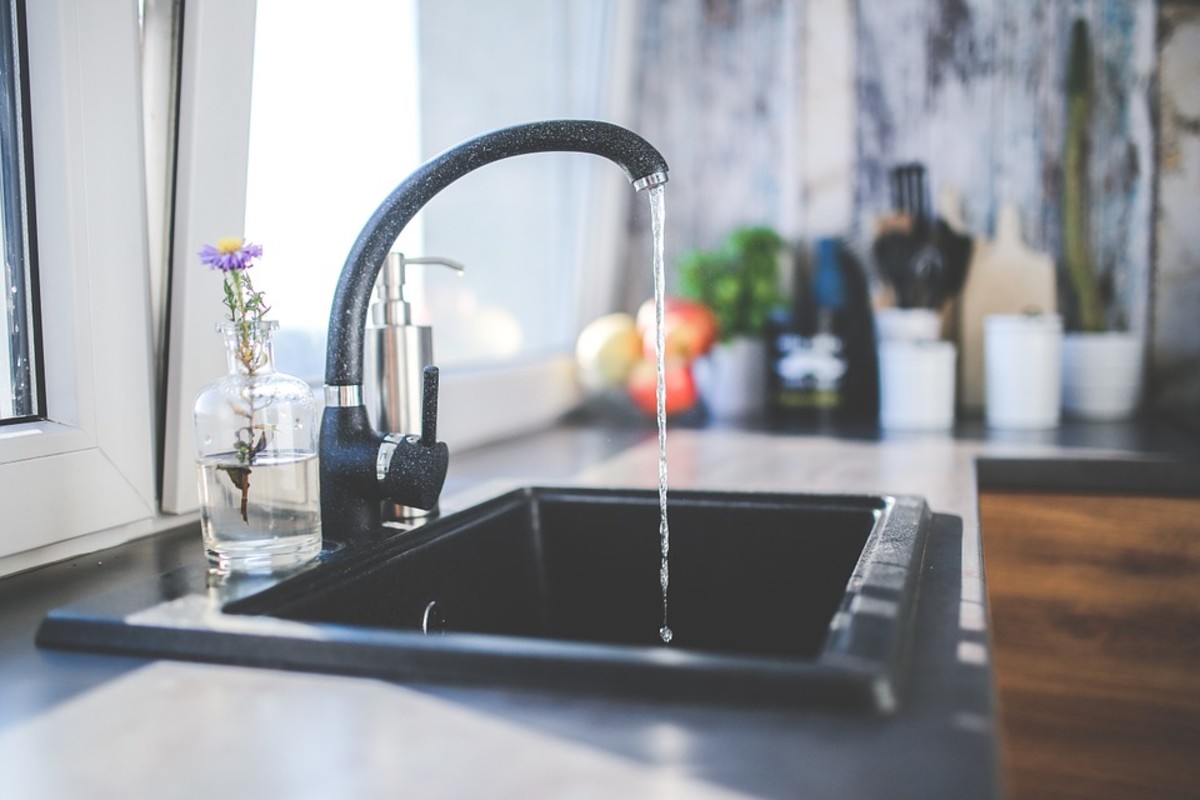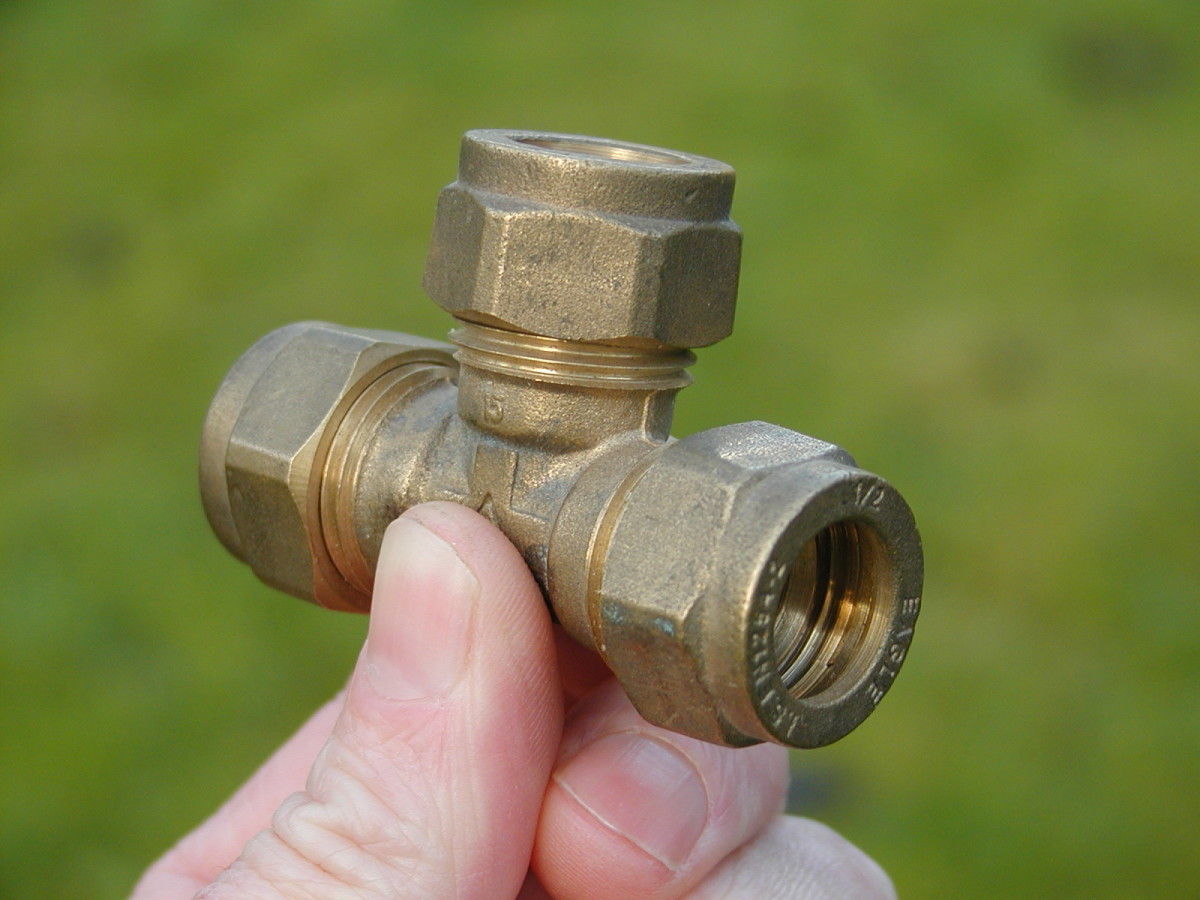The content down below in relation to Diagnose Unwanted Plumbing Noises is definitely captivating. Don't miss out on it.

To diagnose noisy plumbing, it is essential to figure out initial whether the undesirable audios take place on the system's inlet side-in other words, when water is turned on-or on the drain side. Noises on the inlet side have actually differed reasons: too much water stress, used shutoff and also tap components, poorly connected pumps or other devices, inaccurately positioned pipeline bolts, and also plumbing runs having way too many limited bends or various other constraints. Sounds on the drain side usually stem from poor area or, similar to some inlet side sound, a format having limited bends.
Hissing
Hissing sound that happens when a tap is opened slightly generally signals excessive water stress. Consult your neighborhood public utility if you believe this issue; it will certainly be able to tell you the water pressure in your location as well as can install a pressurereducing valve on the incoming water pipeline if needed.
Various Other Inlet Side Noises
Creaking, squeaking, scratching, breaking, and also touching typically are caused by the development or contraction of pipes, generally copper ones providing warm water. The noises occur as the pipes slide versus loosened fasteners or strike close-by home framing. You can usually determine the place of the problem if the pipelines are revealed; just follow the audio when the pipelines are making noise. Most likely you will certainly find a loosened pipeline hanger or a location where pipelines lie so near flooring joists or other mounting items that they clatter against them. Connecting foam pipe insulation around the pipelines at the point of get in touch with should treat the issue. Be sure bands as well as hangers are safe as well as supply adequate assistance. Where possible, pipe bolts should be affixed to enormous structural components such as foundation wall surfaces rather than to mounting; doing so minimizes the transmission of resonances from plumbing to surface areas that can enhance and move them. If attaching bolts to framing is inescapable, cover pipes with insulation or various other durable product where they get in touch with bolts, as well as sandwich completions of new bolts between rubber washing machines when installing them.
Dealing with plumbing runs that struggle with flow-restricting limited or numerous bends is a last resource that ought to be undertaken only after consulting a competent plumbing service provider. Sadly, this scenario is fairly typical in older homes that might not have been constructed with indoor plumbing or that have seen numerous remodels, particularly by beginners.
Chattering or Shrieking
Extreme chattering or shrilling that takes place when a valve or faucet is switched on, which generally disappears when the installation is opened totally, signals loose or defective interior parts. The option is to change the shutoff or tap with a brand-new one.
Pumps and also appliances such as washing devices as well as dishwashing machines can move electric motor sound to pipelines if they are poorly connected. Link such items to plumbing with plastic or rubber hoses-never rigid pipe-to isolate them.
Drainpipe Noise
On the drain side of plumbing, the chief goals are to eliminate surfaces that can be struck by falling or rushing water and to insulate pipes to include inevitable audios.
In brand-new building and construction, bath tubs, shower stalls, commodes, and also wallmounted sinks and also basins must be set on or versus resistant underlayments to lower the transmission of audio through them. Water-saving toilets as well as taps are much less loud than standard versions; install them instead of older types even if codes in your area still permit using older fixtures.
Drainpipes that do not run vertically to the basement or that branch into horizontal pipe runs supported at floor joists or other framing present particularly troublesome noise problems. Such pipes are large sufficient to emit significant vibration; they likewise bring considerable amounts of water, which makes the situation worse. In new construction, define cast-iron soil pipes (the large pipes that drain commodes) if you can manage them. Their enormity consists of a lot of the sound made by water going through them. Likewise, avoid routing drainpipes in walls shared with bedrooms and areas where individuals gather. Wall surfaces consisting of drainpipes need to be soundproofed as was explained previously, utilizing dual panels of sound-insulating fiberboard and also wallboard. Pipes themselves can be covered with special fiberglass insulation created the function; such pipelines have an impervious vinyl skin (occasionally including lead). Outcomes are not always adequate.
Thudding
Thudding noise, typically accompanied by shivering pipes, when a tap or device valve is turned off is a problem called water hammer. The sound as well as resonance are caused by the resounding wave of pressure in the water, which all of a sudden has no area to go. Sometimes opening a valve that releases water quickly right into an area of piping including a constraint, elbow, or tee fitting can create the very same condition.
Water hammer can normally be cured by setting up installations called air chambers or shock absorbers in the plumbing to which the problem valves or taps are attached. These gadgets permit the shock wave produced by the halted flow of water to dissipate airborne they contain, which (unlike water) is compressible.
Older plumbing systems might have short upright sections of capped pipeline behind walls on tap runs for the very same purpose; these can at some point full of water, lowering or damaging their effectiveness. The treatment is to drain the water supply completely by shutting down the main water system valve as well as opening up all faucets. After that open the major supply valve as well as shut the faucets one by one, starting with the faucet nearest the shutoff and ending with the one farthest away.
If Your Plumbing is Making These Sounds, There’s a Problem
A Bang or Thump When You Turn Off a Faucet
If a loud bang or thump greets you each time your turn off running water, you likely have a water hammer. A water hammer occurs when the water velocity is brought to a halt, sending a shock wave through the pipe. It can be pretty jarring — even worse, damaging to your plumbing system. All that thudding could loosen connections.
Strange Toilet Noises
You’re so familiar with the sounds your toilet makes that your ears will be attuned to anything out of the ordinary. Fortunately, most unusual toilet noises can be narrowed down to just one of several problems.
Foghorn sound:
Open the toilet tank Flush the toilet When you hear the foghorn noise, lift the float to the top of the tank If you’re ambitious, you can remove the ballcock valve and disassemble it to replace the washer. Or you can more easily replace the ballcock valve entirely. This device is relatively inexpensive and available at most any hardware store.
Persistent hissing:
The hissing following a flush is the sound of the tank filling. It should stop once the tank is full. But if the hissing continues, it’s likely because water is leaking out of the tank. The rubber flap at the bottom of the tank can degrade, letting water slip through and into the bowl. That’s why the tank is refilling continuously. Fortunately, this is an easy fix:
Cut the water to the toilet by closing the shutoff valve on the water supply line. Flush the toilet to drain the tank. Disconnect the flapper Attach the new flapper Gurgling or bubbling:
Gurgling or bubbling suggests negative air pressure in the drain line, likely resulting from a clog. As air releases, it causes the water in the toilet to bubble. This could either be a minor issue or a major one, depending on the clog’s severity. Clogs can be caused by toilet paper or more stubborn obstructions such as tree roots. If you can’t work out the clog with a plunger, contact a professional plumber for assistance because a clog of this magnitude could lead to filthy and unsanitary sewage backups in your sink bathtub.

Do you enjoy more info about Why Do My Plumbing Pipes Make A Knocking Noise? Give a comment directly below. We would be delighted to hear your opinion about this review. Hoping that you come back again in the future. Enjoyed reading our write-up? Please share it. Help other people check it out. Thanks for your time. Come back soon.
Book Your Service
 Hallie Eisenberg Then & Now!
Hallie Eisenberg Then & Now! Barry Watson Then & Now!
Barry Watson Then & Now! Danny Pintauro Then & Now!
Danny Pintauro Then & Now! Bo Derek Then & Now!
Bo Derek Then & Now! Tonya Harding Then & Now!
Tonya Harding Then & Now!